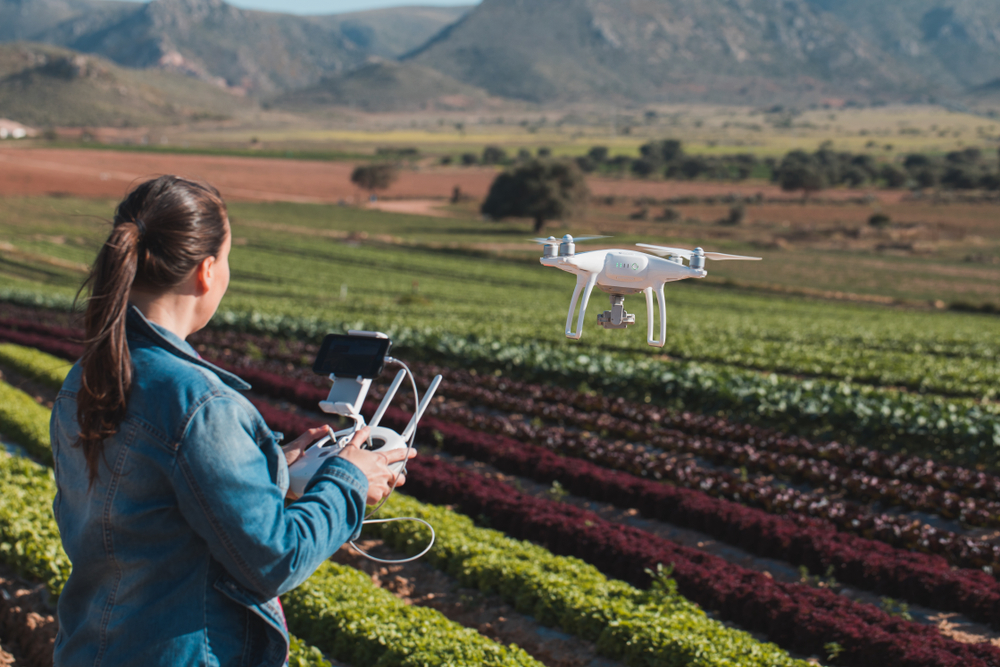
Drone Strategy 2.0: A new TIA report by the Committee of the Regions with the support of ESPON
News articles
September 15, 2023
A Territorial Impact Assessment on a Drone Strategy was conducted recently by the Committee of the Regions with the support of ESPON. The findings were published in a report that you can find at the end of this article.
In November 2022, the European Commission published a Communication “A Drone Strategy 2.0 for a Smart and Sustainable Unmanned Aircraft Eco‐System in Europe.” The Communication is setting out possible ways to guide further development of this technology and its regulatory and commercial environment, as foreseen in the Commission’s Sustainable and Smart Mobility Strategy.
The Communication identifies ten key areas for the development of the drone ecosystem. Areas that are of particular relevance to local and regional authorities include, for instance: regional planning in both urban and rural areas, and creation of dedicated infrastructure such as vertiports; development of drone testing and demonstration sites at regional level; promoting citizens' awareness and fostering social acceptance.
As a response to these developments, the European Committee of the Regions (CoR) is preparing its Opinion “A Drone Strategy 2.0” scheduled for the final adoption in October 2023. In order to substantiate the Opinion with evidence, the CoR carried out ex-ante territorial impact assessment (TIA) with the support of the ESPON 2030 Programme. The findings of the TIA are published in a report. The analysis indicate that in general one can expect positive territorial effect, especially concerning business development, research and innovation, reduction of pollution, increased mobility.
However, the TIA also identified possible invasion of privacy and potentially increased crime, especially in cities, around ports and borders. In addition, in the business sector the new framework would likely strengthen "big players" and may prevent small companies from entering the market, especially with small companies in rural areas facing specific obstacles if they do not come in clusters.


